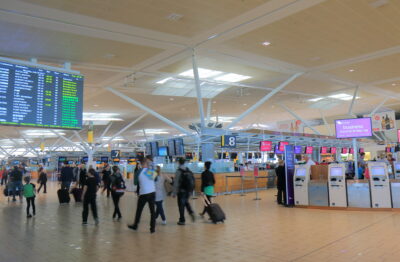Tokyo’s office vacancy rate reaches 6.47% in October
This is the 20th month in a row for the city to see an increase in office vacancy rate

Based on data by brokerage Miki Shoji, the average office vacancy rate across Tokyo’s five business districts reached 6.47 percent in October, said Japan Property Central.
This climb is a 0.04-point rise from the previous month and up 2.54 points from last year, indicating the 20th consecutive month to see an increase.
The five business districts include Chiyoda, Chuo, Minato, Shinjuku, and Shibuya.
Further, there has been a slowdown in the growth of vacant office space as new leases are signed, despite the continuation of remote working.
The average vacancy rate in Chuo, Minato, and Shibuya slightly contracted from September. Shibuya saw the vacancy rate decreased by 0.86 points to 5.89 percent, the lowest since April.
In terms of monthly rents, fees are down to JPY6,295 (USD54.8) per square metre across the five business districts.
More: Prices of large apartments in Tokyo rise by 27.4% since Q1 2019
Over the past 12 months, monthly rents have dropped by 7.3 percent.
A vacancy rate of five percent is said to indicate a healthy balance between demand and supply, while a rate that exceeds five percent tends to cause rents to decline.
The Property Report editors wrote this article. For more information, email: [email protected].
Recommended
Why everyone is moving to Selangor and Johor: Malaysia’s real estate comeback
Malaysia’s upturn in fortunes is especially prevalent in secondary destinations such as Selangor and Johor
Penang’s silicon boom: How the US-China tech war is supercharging local real estate
Penang’s booming semiconductor industry has created ripples within the local real estate sector
New leader, new opportunities: How Hun Manet is shaking up Cambodia’s real estate game
Hun Manet is overseeing decent economic growth and widening access to the country’s real estate market for foreigners
Singapore embraces inclusive housing reforms amid resilient demand
The Lion City’s regulatory strength continues to exert appeal for international investors








